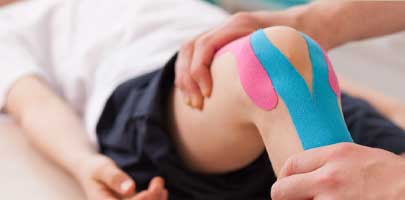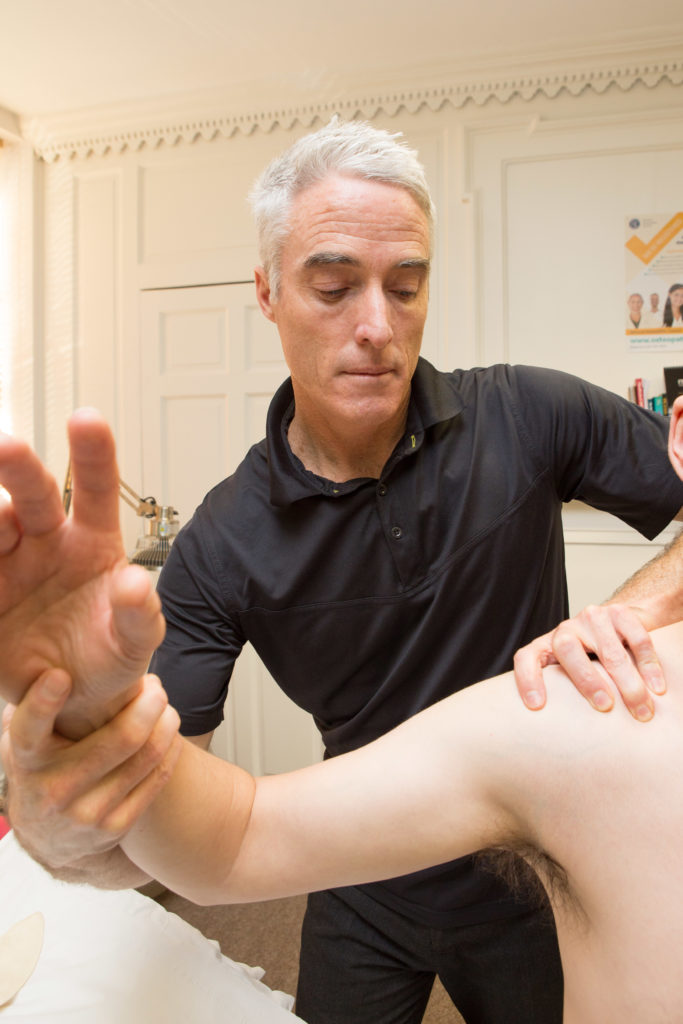Sports Injury Treatment
The human body is a finely tuned piece of equipment consisting of 206 bones and up to 840 muscles all working in coordination; enabling people to achieve astonishing levels of skill, endurance and grace. It doesn’t matter what level you are playing at, sporting activities certainly put our bodies to the test.
Often I see sports people because of recurring injuries or due to fatigue, poor technique and inability of the body to repair due to overtraining, lack of rest or recovery. My aim is to assess your structure, be that the bones, joints, muscles or posture and to see what could be causing or maintaining your injury.


Treatments include:
- Soft tissue massage
- Stretching & Exercises
- Kinesiology Taping
- Manipulation
- Proprioception training
- Weights and Resistance bands
What to do?
If the injury is extremely painful, has involved trauma, or swells quickly with bruising, it might be worth a visit to the A & E department in case you have a fracture or dislocation and medical assistance. We can assess this at the clinic and would advise you to take this path if we felt necessary.
Most injuries benefit from the early application – in the first few hours and up to 48hrs – of ice packs to help swelling and bruising, allowing quicker recovery. Resting, compressing and elevating the affected area can also help.
What sort of injuries can be treated?
Different sports often cause different injuries. E.g. Footballers commonly suffer from ligament damage to the ankles or knees, torn hamstrings and cartilage problems. Racquet sport players and older runners are liable to suffer from achilles or calf tears. All conditions benefit from good advice and treatment, but some are best not treated immediately.
What will treatment consist of?
The initial aim of treatment is to reduce swelling and inflammation in the area. In the early stages this may require compression, taping, and ice packs. Massage and soft tissue treatments can also aid and reduce swelling in the area once the acute phase has subsided. However, the most important treatment is the correct advice, and this may include exercises specific to your condition. These exercises together with treatment will aid your rehabilitation and ensure your muscles and joints strengthen and adapt to the demands your sporting activities require, thus preventing further recurrences of the injuries. I can guide you through this process and help you to recover as quickly as possible so that you can get back to the sports and activities that you enjoy.
